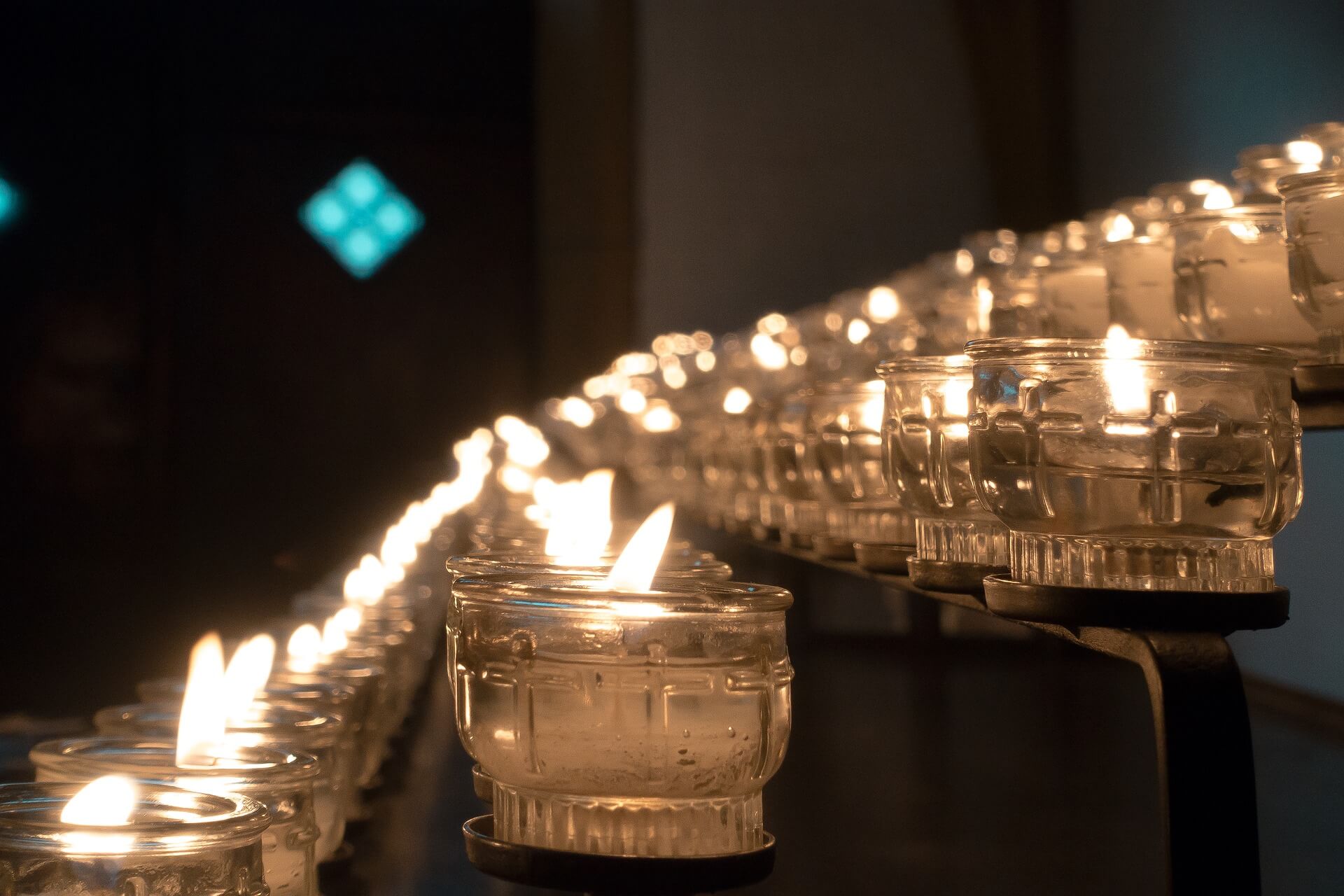
by Victor Jung | Nov 14, 2017 | Charity
Mark Zandi, chief economist at Moody’s Analytics, said that the damage caused by Hurricane Harvey and Hurricane Irma combined could be up to $200 billion. Nearly a month after Harvey devastated South Texas, many hundreds continue to live in tent cities. Then,...


